|
Driving in Morocco is hazardous in many ways and off-road driving on the ‘piste’ even more so as we discovered when we hit a large field of Fesh-Fesh!
“Fesh-Fesh, what is Fesh-Fesh?” I hear you cry. Fesh-Fesh, as the Arabians call it, is the by-product of thousands of years of erosion; sand that has been worn down from it’s granular size into a fine dust, not too dissimilar to talcum powder. What makes Fesh-Fesh so dangerous is that you don’t see it coming until you are in the thick of it as we discovered whilst driving a 90 mile off-road route from Tafraout to Taouz along the Moroccan/Algeria border in the South-East. When encountered it can spell instant disaster, as its smoke-like plumes can quickly obscure vision and it’s quicksand like qualities can leave you with a sinking feeling. Tread too deeply or too slowly and expect the Fesh-Fesh to envelope your vehicle. Luckily for us we had aired the tyres down on the friendlier, slightly forgiving, soft yellow sand prior to hitting the Fesh-Fesh field. In a slight panic and with Emma crying “whatever you do, don’t stop” in my ear I nailed the accelerator and was thankful Bee-bee’s gas guzzling 3L turbo engine had the horsepower to get us through it. A quick glance in the wing mirror revealed the volcano-esq clouds slowly engulfing Bee-bee as the power and traction got sucked from the vehicle. Wrestling with the steering wheel I attempted to aim the car at the surest tracks ahead and by some miracle after about 500m managed to find some firmer ground. Once airborne, this billowing dust can linger, creating havoc for anyone following in your tyre tracks. Due to its powdery qualities the Fesh-Fesh adheres to anything it can settle on, and it wasn’t until the following day at our campsite that the Fesh-Fesh really started to cause me some real problems. Whilst doing my daily undercar crawl I inhaled a face full of Fesh-Fesh that had gathered in the chassis rails, my nose started streaming instantly and a bout of sneezing begun that has lasted 8 days and counting. A full-on dry cough developed and a quick email to Doctor Lois, our resident expedition doctor, revealed the rather over-priced cough sweets I had purchased weren’t going to do much. Inflammation of the airways or ‘Sahara Lung’ as we called it was the diagnosis and not much can help except a Ventoline inhaler and time. After a week of sleepless coughy nights I still have a croaky voice and the slightest of dust sets of a sneezing fit that has slowly been depleting our supplies of Anti-Histamines! Despite feeling rather poorly and sorry for myself I would still rather drive that track on a daily basis than commute to work everyday! Andy
1 Comment
Glance at a map of Morocco and your eyes are drawn from the mountains, deserts and cities of the north to a stretch of land in the southwest; few roads and habitations and tentatively separated from the rest of Morocco with a faint dotted line. This is Western Sahara. Few tourists venture this far south, whispers amongst the campervan masses were that it’s “all the same” and “there’s nothing there”. But there is beauty in bleak and barren; 360° of arresting, monotonous landscape stretching as far as the eye can see in every direction. Standing surrounded by such a huge expanse of ‘nothingness’ creates a humbling feeling of being such a small dot on a huge planet. In a place where camels outnumber cars you feel as if you have the whole vastness to yourself. Historically, this area of the coastal Sahara was controlled by the Spanish but by the late sixties pressure from the native Saharans, the Saharawi tribes, had increased. In 1973 a campaign for independence was initiated by a newly-formed militant group ‘Polisario’. Spain reluctantly pulled out of Western Sahara in 1976, facilitating a division of the territory between Morocco in the North and Mauritania in the South. Polisario fought on, thousands of Saharawi’s fled to neighbouring Algeria and eventually Mauritania withdrew and the Moroccans occupied 80% of the area, forcing Polisario to retreat to marginal areas in the East. Polisario directed a guerrilla war against Moroccan forces until 1991 when the UN negotiated a ceasefire with the aim of allowing Saharawis the choice between independence or Moroccan rule. This referendum never happened due to voting eligibility problems, Morocco dug it’s heels in deep and refused to compromise; subsequent talks of a referendum have failed with increasing concern over human right’s issues in the territory. Approximately half of the Saharawis still live in refugee camps just across the border in Algeria. We visited the capital Laayoune, coastal towns of Boujdour and Tarfaya, venturing as far south as Dahkla then inland to the dusty desert town of Smara. Morocco has encouraged migration of people from the North to these areas through tax-free incentives and a lowering of the cost of fuel by around 30%. The huge amounts of money desperately pumped into the region by Morocco is evident; unnecessarily grand entrances to towns with several lanes of new tarmac, ornate street lights and ostentatious gateways displaying giant painted Ostriches, Camels and Gazelle. Urban infrastructure has been rapidly constructed, suburban road systems, electricity and water but no houses and empty streets. The red Moroccan flag with its central green star flies defiantly over every official building. Information from the region is fiercely controlled by Morocco; we were frequently stopped at police checkpoints and questioned about our occupations (journalists are not allowed in the region), where we had come from and were going; they closely monitor the whereabouts of all tourists. The UN and the military had a strong presence wherever we travelled. Despite international pressure, the future for the Saharawi people looks unpromising; the question as to why the situation continues could be answered by the rich natural resources under the surface of both the land and sea. Offshore coastal waters team with abundant fisheries; the area is one of the worlds largest producers of Sardines and fleets of hundreds of fishing boats tirelessly unload tonnes of fish from Saharan ports every day. The land is phosphate rich (75% of the worlds phosphate reserves are in Morocco and Western Sahara); we saw huge conveyor belts transporting phosphates from desert mines to waiting ships. Despite no legal claim to the territory, in 2001, Morocco gave coastal oil exploration rights to France and the US.
Western Sahara glaringly lacked one thing; its people. We found no evidence of their culture or heritage; no Saharawi restaurants or craft shops, no local music playing, native dress or traditions. A land in limbo, polluted by indiscriminate landmines and devoid of its people; a country whose future is currently as bleak as it’s landscape. Emma Morocco, a short hop from Spain and not requiring a Carnet, has long been a favoured overlanding destination for many Europeans. During our time here we have spotted overland vehicles from Holland, Germany, Czech Republic, Poland, Italy, England and of course it is incredibly popular with the French, whose native language (along with Arabic) is spoken throughout. The 3-month visa, year round sun (at least in the south), varied landscape and friendly people also help seal the deal. Our first real taste of off-road driving came as we decided to pass the High Atlas mountains for a third time. After crossing twice on two stunning paved roads we decided to opt for a more challenging route on our third pass. Heading north from the small town of Timesgadiouine we had planned on doing a 1 day north-easterly circuit passing over the 3205m tall Djebal Tabgourt. With our 1:1,000,000 Reise Know-How map in hand we set off, after about an hours drive it became blatantly apparent that all our map was good for was toilet paper if we got caught short. Relying on our GPS compass for direction we carried on regardless to try and navigate the barely wider than Bee-bee tracks. The route we took was scarcely driven, rocky and featured a few hair-raising cliff drops. After a full days drive it dawned on us that we were not going to get off the mountain before sunset. We drove until the light dropped and soon our situation became the start of one of those ‘When Things Go Bad’ TV programs as we found ourselves setting up camp on a precipitous edge in -2°C at the top of the windblown mountain. The next days driving was equally as challenging and featured several slightly daunting drop-offs. The descent was steep and involved rock crawling that was so heavy on the brakes they literally stopped working, requiring us to pause in a little village to let them cool down. After nearly two full days of driving we arrived in a small settlement where we had to pass between two buildings; thankfully the gap was about 20cm wider than Bee-bee. Travelling these tracks in anything bigger than us would have caused problems; on our entire route we rarely encountered places wide enough to pass on-coming vehicles, let alone turn around. Luckily we didn’t have to do either, emphasising just how little traffic passes along these routes. Located on the coast just south of Sidi Ifni is Fort Bou Jerif, a clichéd French Legion fort, the kind you’d see in a Sunday afternoon movie. It is also right next to the site of a rather trendy boutique campsite of the same name. After a couple of nights of wild camping we owed it to each other to have a hot shower and so heading off-road we attempted to follow the rather useless signs (foolishly failing to make a note of the GPS co-ordinates that were written on the first sign). After approximately 18km of piste and a few wrong turns we finally got our first view of the rather impressive fort. Driving closer we realised that the previous 3 days heavy rain had resulted in a flooded wadi flowing rapidly between us and a hot shower. Whilst in Mongolia river crossings were part of the daily routine, but in Morocco we were not really expecting any, let alone one over 1m deep and flowing. Whilst wading in, thigh deep, to check the riverbed a French Landcruiser arrived behind us and watched on amused at my underwear paddling antics. After evaluating the situation we decided the crossing was do-able despite the French surrendering to overland defeat. With a little gas and a carefully planned route Bee-bee took the crossing in her stride as the water washed over her bonnet. We watched on, smugly, from the far riverbank as the French turned around and drove the 50km detour to the nearest bridge. A trip to Morocco would not be complete without driving some stereotypical Saharan sand dunes. A real highlight for me was driving out to the 300m tall dunes at Chegaga. Other than a few sandy tracks (where we got stuck) and getting bogged down in soft sand on the shores of Lake Baikal we’d never really driven Bee-bee in the soft yellow stuff. Apprehensively we headed west out of the town of M’hamid; after about 3km the stony track gave way to undefined tracks in the sand. This time we wisely aired down the tyres to 14psi and cracked on; given our previous track record for driving in soft-sand we were amazed at the difference airing down made. Bee-bee, despite her hefty load, handled impeccably and we smoothly drove the 120km (with a camp in the middle) without a hitch.
After 2 months in Morocco it is obvious why we have met so many other overlanders. Morocco is essentially an off-road playground for Europeans and it is often used as a testing ground before embarking on longer trips or as a gateway to Africa. It offers all kinds of challenging terrain for every kind of overlander from Motorcyclists to the largest of off-road trucks. The people are friendly, the fuel is cheap and weather is excellent; it is essentially overland heaven and it’s only a short ferry trip away! Andy |
Archives
July 2020
Categories
All
|
Proudly powered by Weebly

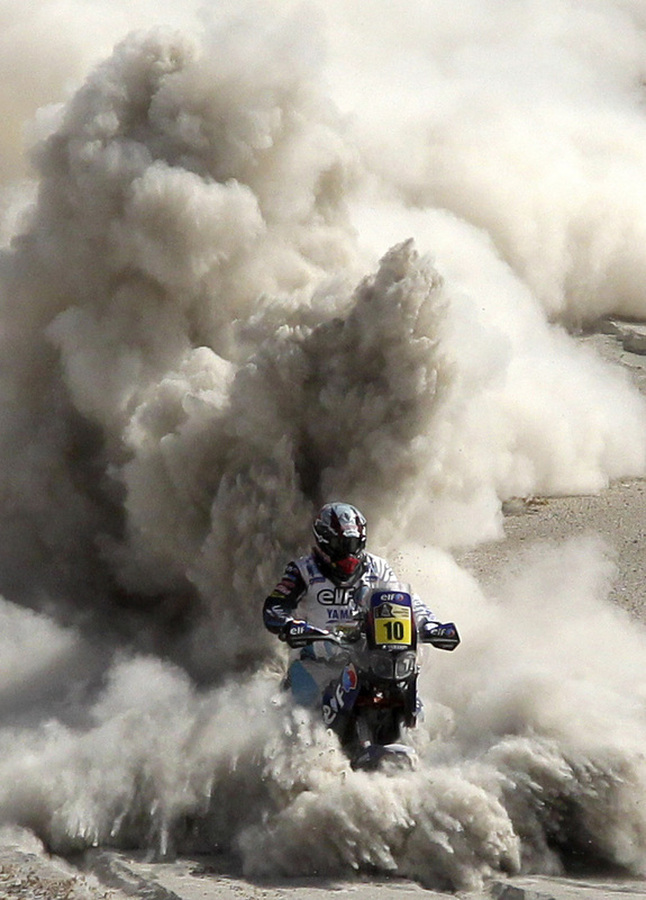
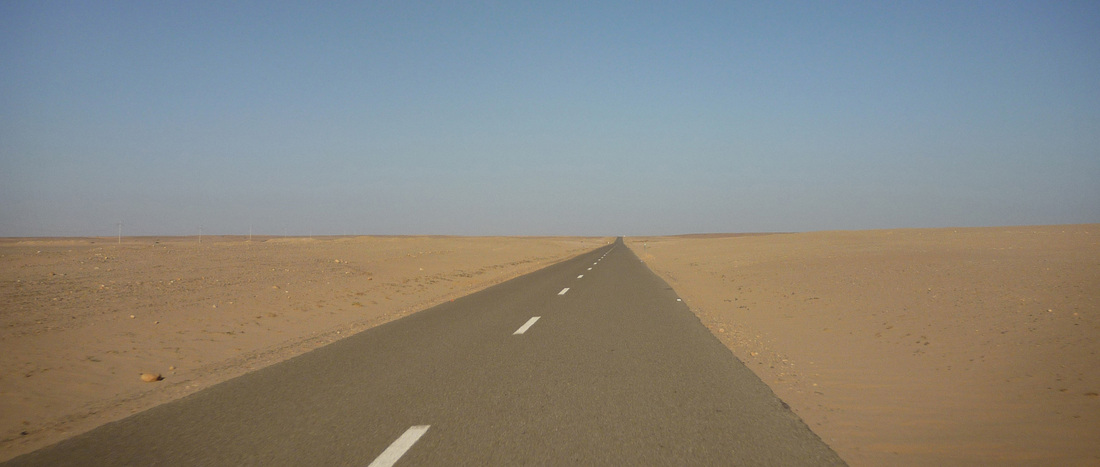

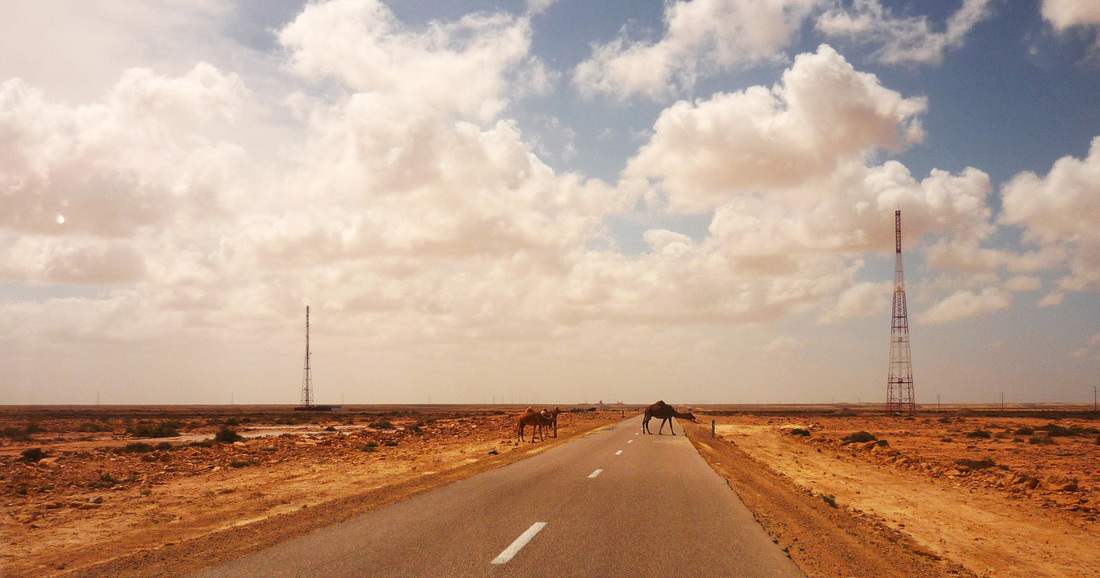
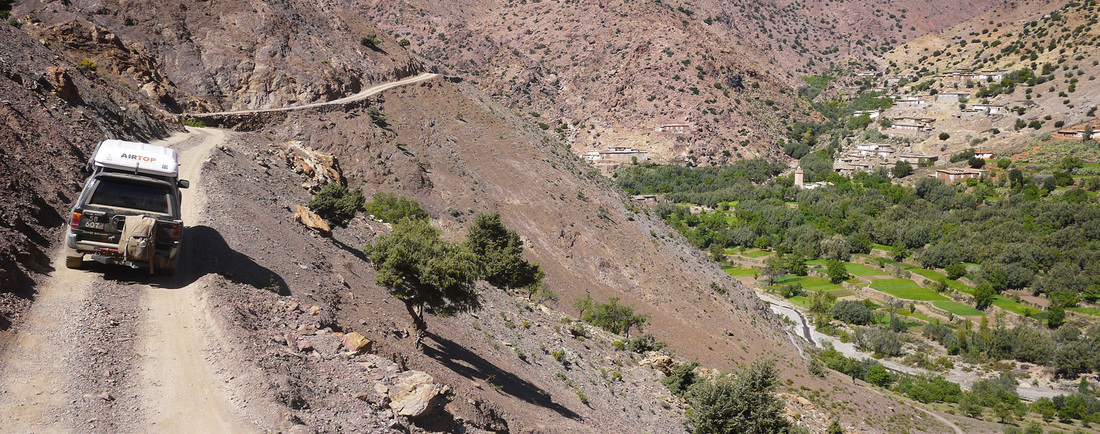

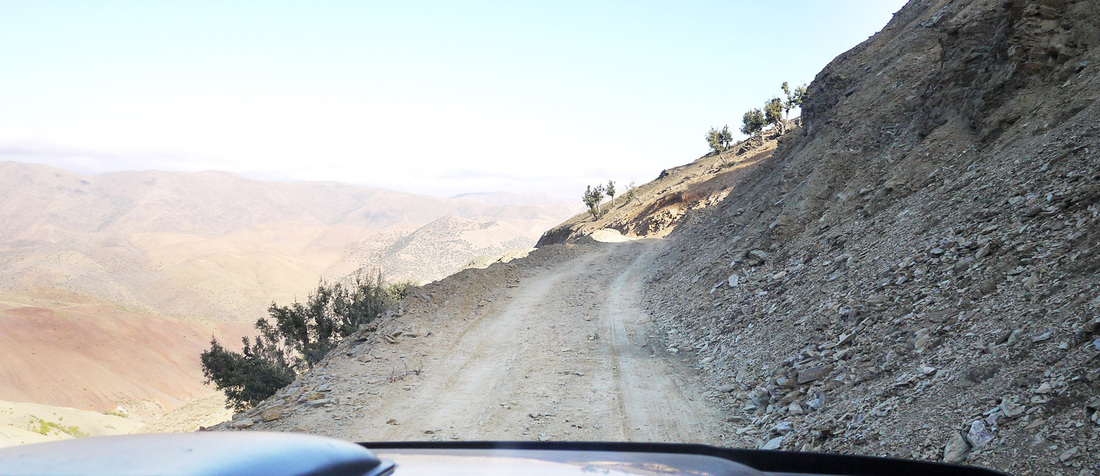
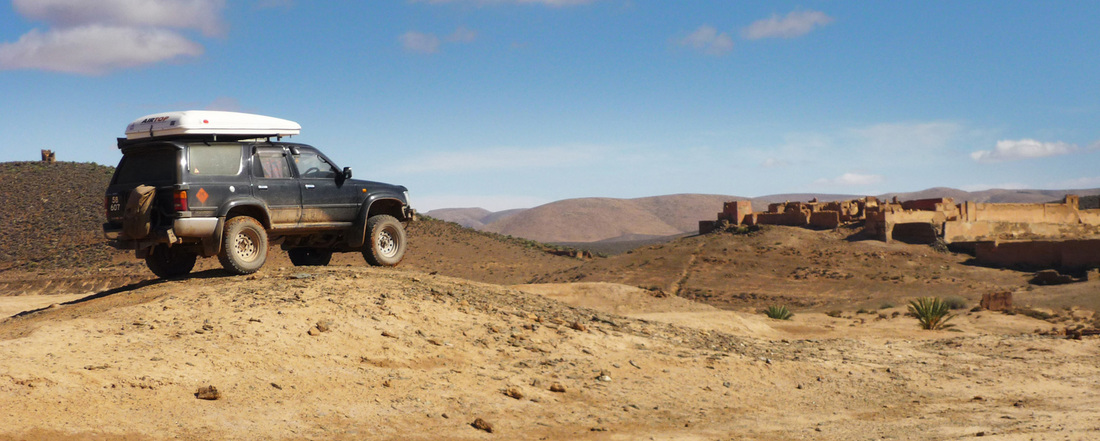
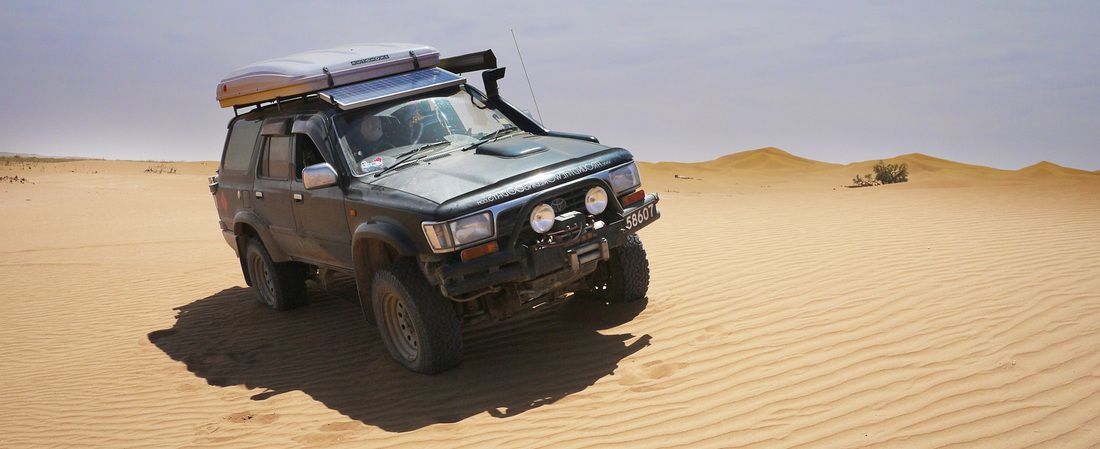
 RSS Feed
RSS Feed